Shopify is a gateway to your off-Amazon strategy
When SellerSmile first got started, it was a niche agency for Amazon sellers, managing their Amazon inboxes in Seller Central. We used to think the entire e-commerce world was on Amazon and Amazon only. In reality, many sellers we work with today have multi-channel selling strategies for their e-commerce business. They’re selling on many of the platforms that make sense for their product or their brand, which diversifies their income and leads to greater buyer awareness.
The most popular sales channels we see sellers on today are Amazon, as well as their own website stores via software like Shopify or WooCommerce, eBay, Walmart, Overstock, Jet, Etsy, etc, and the list trails off.
A significant benefit of selling on multiple marketplaces is that it reduces risk, and it’s a form of security or insurance. A crisis that can hurt revenue on one marketplace will be sustained by sales from other channels.
As our agency grew, we learned that while Amazon is typically the primary source of income for an e-commerce seller, nurturing and then harnessing the complete power of your own website sales through a platform such as Shopify might be an under-funded opportunity with a consistent and long-term upside.
Of course, brand owners or account managers responsible for the e-commerce sales of their product must weigh the administrative load of launching and running in a new marketplace against the added value that marketplace might bring to the business. The same strategies may not always work across different platforms, so the transition requires research and a sound strategy going into it.
Your online store drives organic traffic that you control
Whatever your business is today, to expand online you must gain sustainable organic sources of leads or prospects that convert to sales. The flow is consistent and the price to acquire new business isn’t prohibitively high.
Scrappy and frugal business owners want more free tools, more natural wins, more resources that are owned free and clear. In the same way, we aim for new revenue and new opportunities to come even less expensive and more freely.
Methods that build and promote your company’s own website, in addition to Amazon et al., will result in more sales at a lower cost if it’s done right. We recommend all sellers, especially those managing private label brands on Amazon, to invest time and resources to grow your website’s sales. Hire a copywriter, hire a photographer, partner with a web developer, make it attractive and functional! Nurturing your domain’s organic traffic is one of the most conservative and profitable actions a seller might take today.
Your online store is the framework that enables your website (the asset you have equity in) to increase in value as it delivers exceptional shopping experiences while tapping into the power of Google search and social media marketing.
Acquiring more highly qualified visitors to your online store that you don’t have to pay for is the goal and we see a well-kept online store, like Shopify, as the way there.
Even more, since your online store is “your turf”, there are far fewer restrictions regarding how your customer service team may communicate with your shoppers and customers. Away from Amazon’s policies regarding Buyer-Seller communication, as long as you don’t break the law of your country, state, etc., you may engage in a much wider spectrum of strategies and methods that are proven to be effective at driving sales. There’s just not as much red tape that comes along with running your own web store. Your website may be the best forum to expand communication and purchasing activity that you completely own.
For example, one company we work with offers their email list periodic promotions and exclusive offers via email marketing. These emails would be a HUGE offense if they were sent to Amazon shoppers via Buyer-Seller messaging directly. In this case, the promotions and offers sent to their off-Amazon email list are linked to their website, to their Shopify store. Often, these emails make it into the inboxes of Amazon-first shoppers. Consistently, Amazon-first shoppers contact the customer support email of their Shopify store and ask if they can get the same discount on Amazon, or worse, they already made a purchase, see the massive discount they missed, and feel like they’ve overpaid on Amazon, now they’re wondering if they can have a refund to price match the difference…
Despite the added level of complexity of selling on multiple platforms, retaining more ownership by having your store on a domain that you own and generate valuable activity on top of, is a foundational strategy for any organization or business that wants long-term growth. With your own store, not only do you have greater control and the fees associated with selling may be less, but the possibility for growth and expansion are nearly limitless as the internet and online shopping continues to expand.
To ensure you’re maximizing your own organic resources and growth, make sure you’re maintaining your website and everything surrounding it; the marketing, the content, the copywriting, the SEO, the design, the ads, the content found there, and of course, the software that runs your online store. Everything.
You want your website to never stop growing and solidifying its position in search so you can finally deliver your product to the right customer, they’ll be happy you found them!
Shopify is the best option today
Shopify is perhaps the most popular, most accessible platform to build your online store. An article by Sean Wood at INC.com agrees it’s still the best, “Best eCommerce Platform for Small Business – 2019”.
You need something like Shopify, a fully-functional online store seamlessly integrated into your website. It’s not good enough to be selling on Amazon only.
The best brands show they are present and actively selling on their own website. They tell the world how they’ve been developing new products, improving designs, publishing unique and helpful content, sharing on their blog and through social media. A website is a place to endorse your cause and communicate with the growing audience you’ve earned and want to help.
We’ve used several e-commerce platforms and Shopify is the best. The integrations, design templates, premium help/DIY articles in the Shopify Help Center at a reasonable price make it the clear winner.
If you’re based in the U.S. and haven’t already, get your Shopify store up and running now!
International Shopify stores
If you need to start a Shopify store outside of the United States, find your country below and launch it today with a 14-day free trial:
- Shopify Australia.
- Shopify Brasil.
- Shopify Colombia.
- Shopify France.
- Shopify Germany.
- Shopify India.
- Shopify Indonesia.
- Shopify Ireland.
- Shopify Italy.
- Shopify Japan.
- Shopify Malaysia.
- Shopify Mexico.
- Shopify New Zealand.
- Shopify Philippines.
- Shopify Russia.
- Shopify Singapore.
- Shopify Spain.
- Shopify United Kingdom.
Start by building your website with Shopify
Today, your website is where you have the most freedom to do what you want, especially as it pertains to how you do customer service, so make sure you do it well!
As a seller, your website is an integral feature of your customer service strategy and it needs to be a source of hope, information, and truth for prospective buyers. It’s a place where you’re educating your audience about the products they are looking for or have recently purchased from you.
Your website should feature rich FAQs, downloadable guides, while marketing interactions occur in the background. Your images should be up to date. Your pages should load fast and make the customer feel safe. You need to have a valid SSL certificate (which comes with all Shopify stores). Your site should perform precisely and reliably during checkout, as one moment of nonsense can scare a timid shopper away. Your email follow-up sequence should be kind, courteous, yet non-intrusive. Consider the emails you receive on a daily basis, and think about what you found helpful versus what you found extraneous. Instructions on how to return an item for a refund or how to exchange an order should be clear.
The beauty of Shopify is that it offers an array of plugins in the Shopify App Store that solves some of the most common issues in an elegant way. Browse a few and test your favorites. Shopify allows us to enhance the sites we work with in many ways without typing a line of code! One of our favorite examples of this is the Shopify app, Returnly, which allow customers to submit return requests, track the status of those returns and print shipping labels, all from an integrated portal on your Shopify store.
If you need help building out your store, Shopify features a native hiring platform called Shopify Experts Directory. If you’re a fan of third-party options, we recommend an entire marketplace of freelancers, FreeUp.
Use Shopify and Amazon together
One of the more common and useful strategies we’ve seen for third-party sellers is the use of Amazon FBA to fulfill their website/Shopify orders. If you’re interested, Shopify has a built-in Fulfillment by Amazon integration (only for US stores).
Be aware: when your brand is discovered through a blog article on your website, those browsers might search on Amazon for your products, and vice-versa, an Amazon shopper might discover your product or your brand on Amazon, which leads them to search for your website, your online store. Some shoppers move between platform to find the best deals, so your customer service team needs to be ready to assuage disparities when they arise.

Another Amazon-Shopify interaction is regarding inventory management. A common source of customer frustration is when a customer is allowed to purchase an item that indicates ‘in stock” on the website when it is actually already been sold out of Amazon‘s warehouses.
Being able to find Shopify orders that have gone unfulfilled due to being out of stock will be one way to proactively address upset customers, providing them with a resolution in the form of an alternative, perhaps offering a different variation or a refund, or just an apologetic update with more information on the in-stock date.
Review
Selling your products and promoting your brand on your own online store, in addition to Amazon, can be a strong growth strategy for your e-commerce business. Shopify is the best way to sell your products on your website. Promote your Shopify store to win an audience that you have more access to. Then take steps to optimize your Shopify website to grow traffic and more sales that you own!

Leave your thoughts in a comment below!

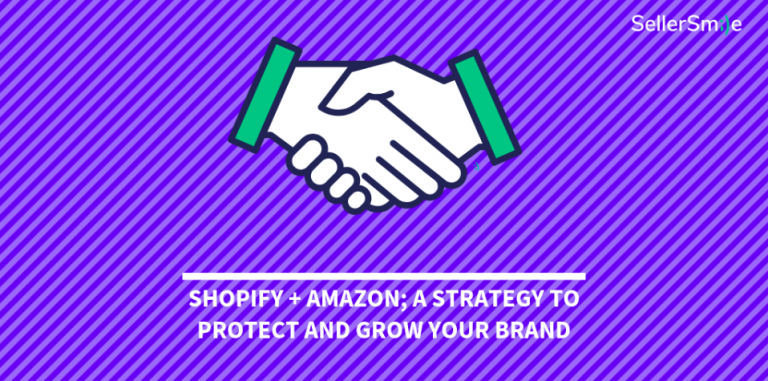
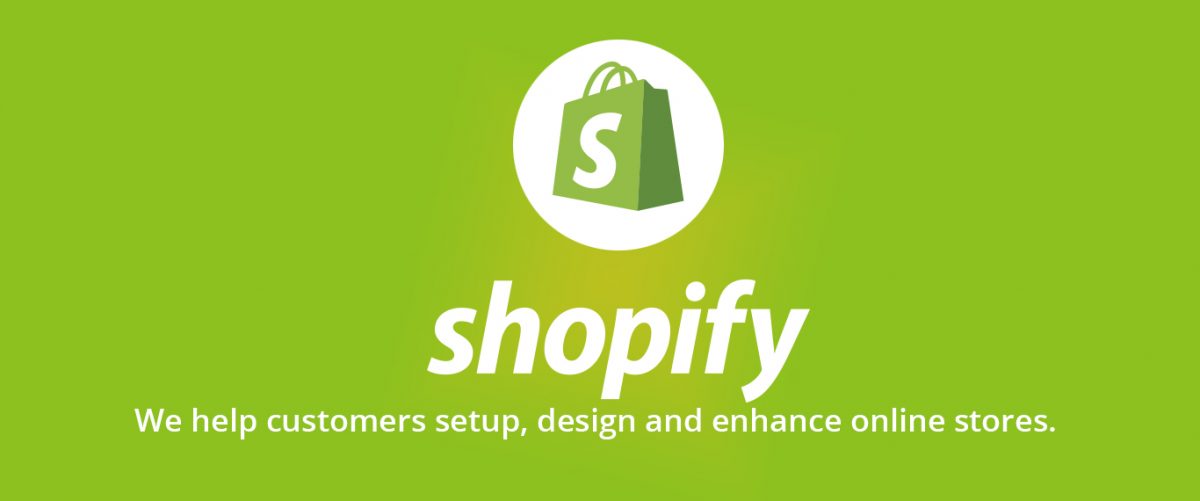
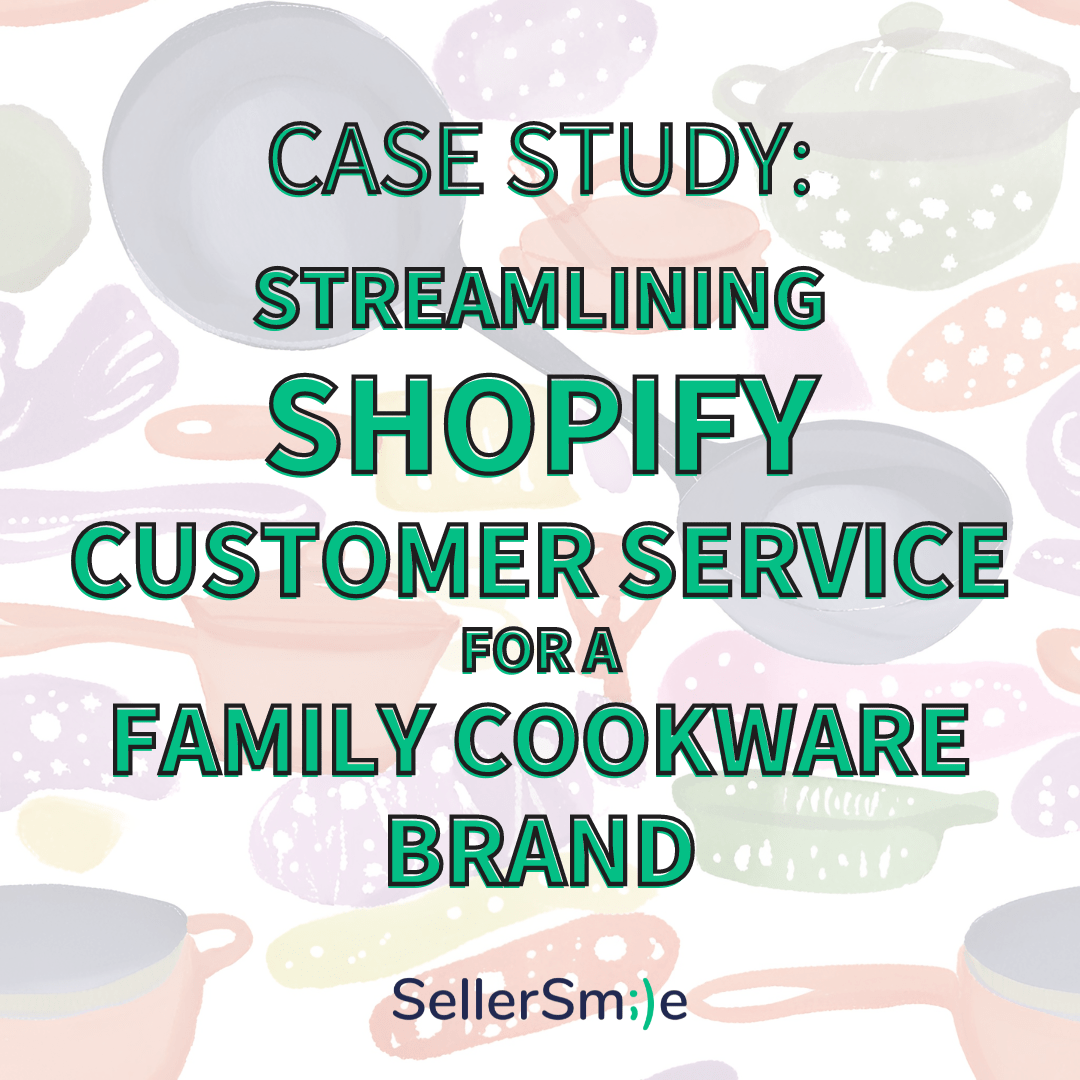
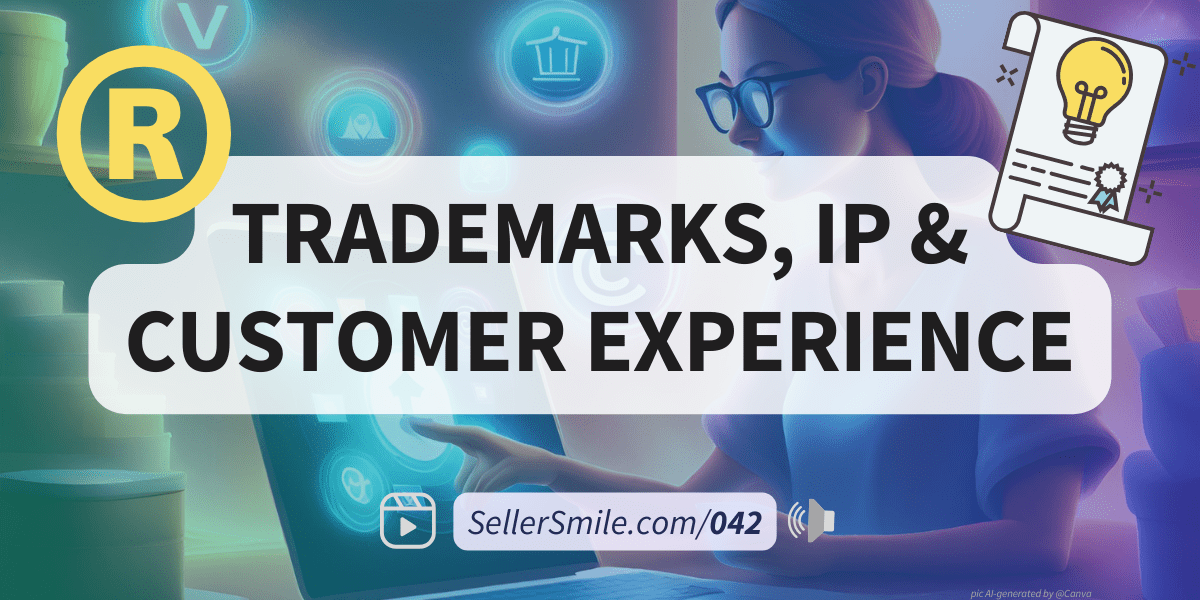
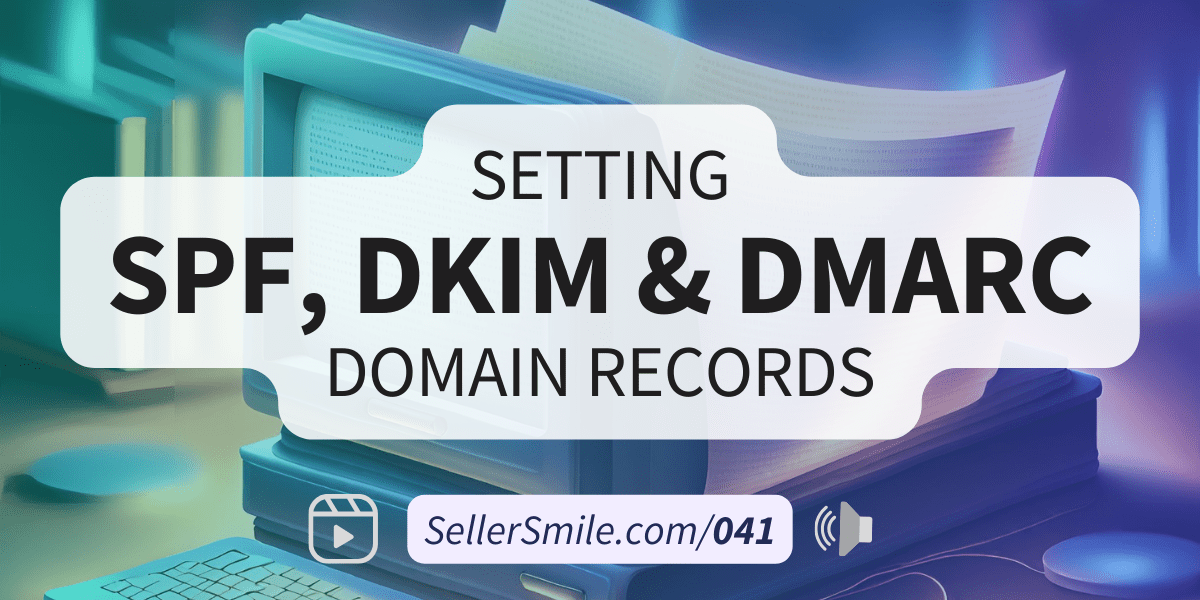
This Post Has One Comment
Pingback: Outsource Your Shopify Customer Service - SellerSmile